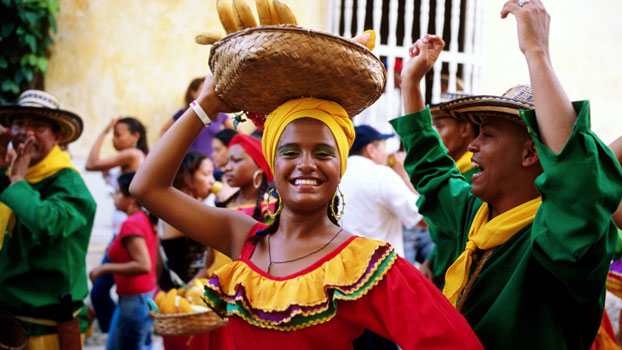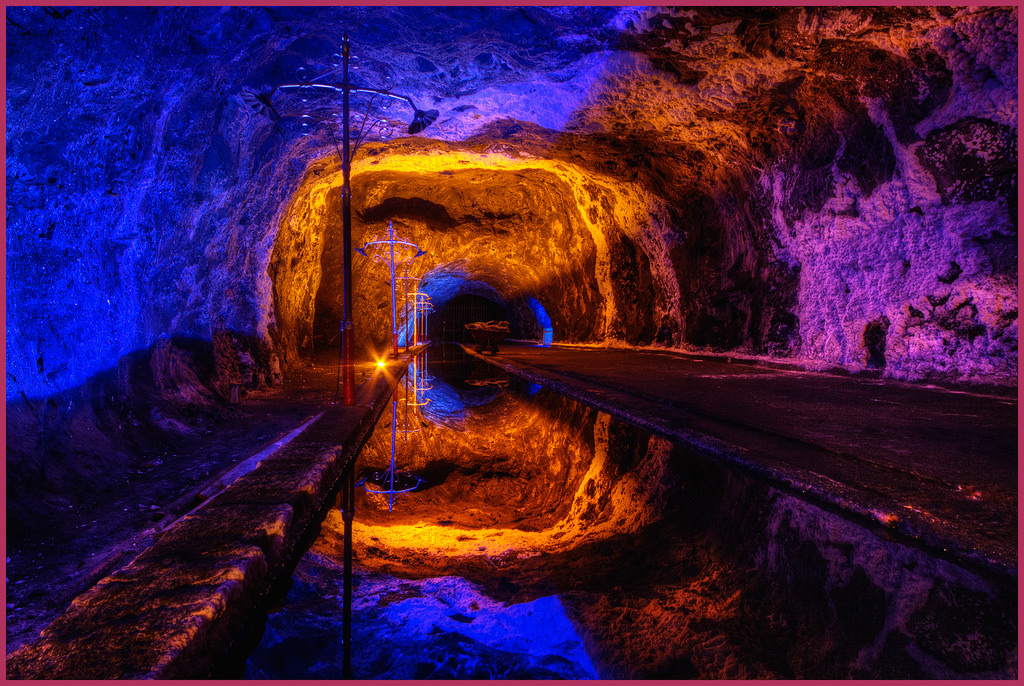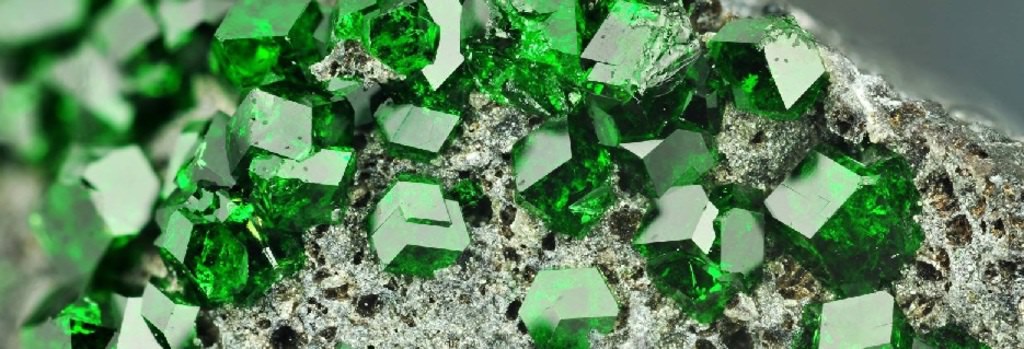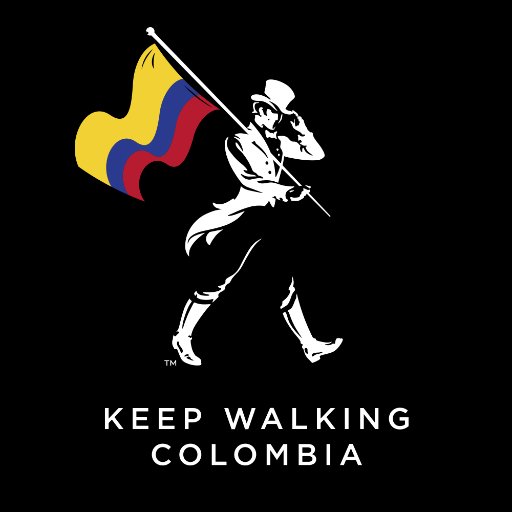This Heartwarming Unity Project Will Give You Hope That All Conflicts Can Be Resolved
Change IS possible.
Colombia is a beautiful little country located in the northwest of South America, only a short 4-hour flight from Mexico City. Its impressive ethnic and linguistic diversity has given it a rich cultural heritage to be proud of.
Columbians have a national love for celebration which can be seen through their various festivals and carnivals such as the Black and White Festival, Manizales Festival and the Barranquilla Carnival.
Image via Colombia BusinessTaking a stroll through the streets of major cities like Bogotá and Cartanega is a feast for the senses
You'll be delighted by the gorgeous Spanish Colonial architecture, mouthwatering smells of traditional Colombian cooking, and sounds of lively music.
Not to mention, the people are totally friendly and welcoming and it's also home to some absolutely stunning natural wonders.
Most of us would know Colombia as the producers of world-class coffee for good reason
The classic Colombian blend is known to be slightly more sweet than acidic with a nutty undertone.
They're also apparently responsible for about 70%-90% of the world's supply of emeralds
Colombian emeralds are highly prized as they are of extremely high quality.
But beneath its external charm lies a painful reality not many are aware of today: Colombia has been torn apart by one of the world's longest wars for decades
How did the war begin?
The conflict dates back to the 1940s and involves a very long and complicated history but the crux of the whole thing is that there are various parties fighting to increase their influence on territories in Colombia.
The main parties at war with each other are the Colombian government and two left-wing guerrillas, the Revolutionary Armed Forces of Colombia (FARC), and the National Liberation Army (ELN). At the same time, there are also various right-wing paramilitary groups and crime syndicates involved.
Their fighting set off a period known as La Violencia which lasted until 1958 and saw more than 300,000 Colombians being killed. Even today, the conflict is still ongoing and the citizens of Colombia are caught in the middle of it all and remain divided despite the peace talks in progress.
But the hope for unity is alive and strong in this divided nation. It is this desire of its people that allowed Colombia to play host to a totally heartwarming unification art project last month.
Johnnie Walker and the Bogotá Museum of Modern Art (MAMBO) came together to enable American photographer Spencer Tunick to carry out one of his famous large-scale nude photoshoots. This time, it featured 6,000 Colombian volunteers from all sides of the conflict. They participated in the project as a sign of peace and unity and to express their belief of a better tomorrow.
Listening to the stories of what they've been through and seeing how they're still willing to put the past behind them to move forward towards a united future is truly touching. :')
Watch the video Johnnie Walker produced on the project below:
(Warning: the following video is slightly NSFW)
Here's the really good news: shortly after this project took place (on 23 June 2016 to be exact), the Colombian government and the FARC rebels signed a historically significant ceasefire deal
While this in no way means that the conflict has been completely resolved, it's at least a huge step in the right direction. Here's hoping that Colombia will see the peace and unity it longs for soon and a big kudos to Johnnie Walker for being part of this wonderful initiative! #KeepWalkingColombia










